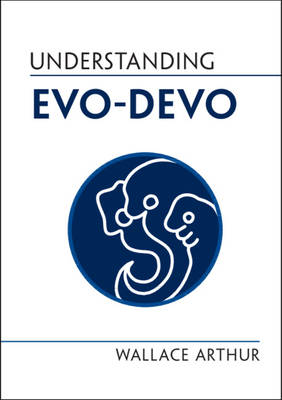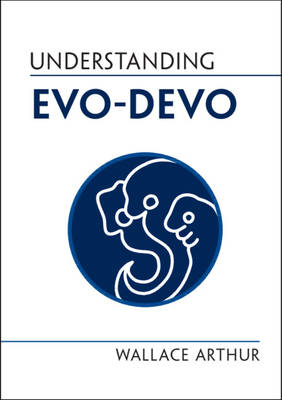
- Afhalen na 1 uur in een winkel met voorraad
- Gratis thuislevering in België vanaf € 30
- Ruim aanbod met 7 miljoen producten
- Afhalen na 1 uur in een winkel met voorraad
- Gratis thuislevering in België vanaf € 30
- Ruim aanbod met 7 miljoen producten
Zoeken
€ 80,95
+ 161 punten
Uitvoering
Omschrijving
Why do the best-known examples of evolutionary change involve the alteration of one kind of animal into another very similar one, like the evolution of a bigger beak in a bird? Wouldn't it be much more interesting to understand how beaks originated? Most people would agree, but until recently we didn't know much about such origins. That is now changing, with the growth of the interdisciplinary field evo-devo, which deals with the relationship between how embryos develop in the short term and how they (and the adults they grow into) evolve in the long term. One of the key questions is: can the origins of structures such as beaks, eyes, and shells be explained within a Darwinian framework? The answer seems to be yes, but only by expanding that framework. This book discusses the required expansion, and the current state of play regarding our understanding of evolutionary and developmental origins.
Specificaties
Betrokkenen
- Auteur(s):
- Uitgeverij:
Inhoud
- Aantal bladzijden:
- 206
- Taal:
- Engels
- Reeks:
Eigenschappen
- Productcode (EAN):
- 9781108836937
- Verschijningsdatum:
- 15/07/2021
- Uitvoering:
- Hardcover
- Formaat:
- Genaaid
- Afmetingen:
- 198 mm x 185 mm
- Gewicht:
- 272 g

Alleen bij Standaard Boekhandel
+ 161 punten op je klantenkaart van Standaard Boekhandel
Beoordelingen
We publiceren alleen reviews die voldoen aan de voorwaarden voor reviews. Bekijk onze voorwaarden voor reviews.











